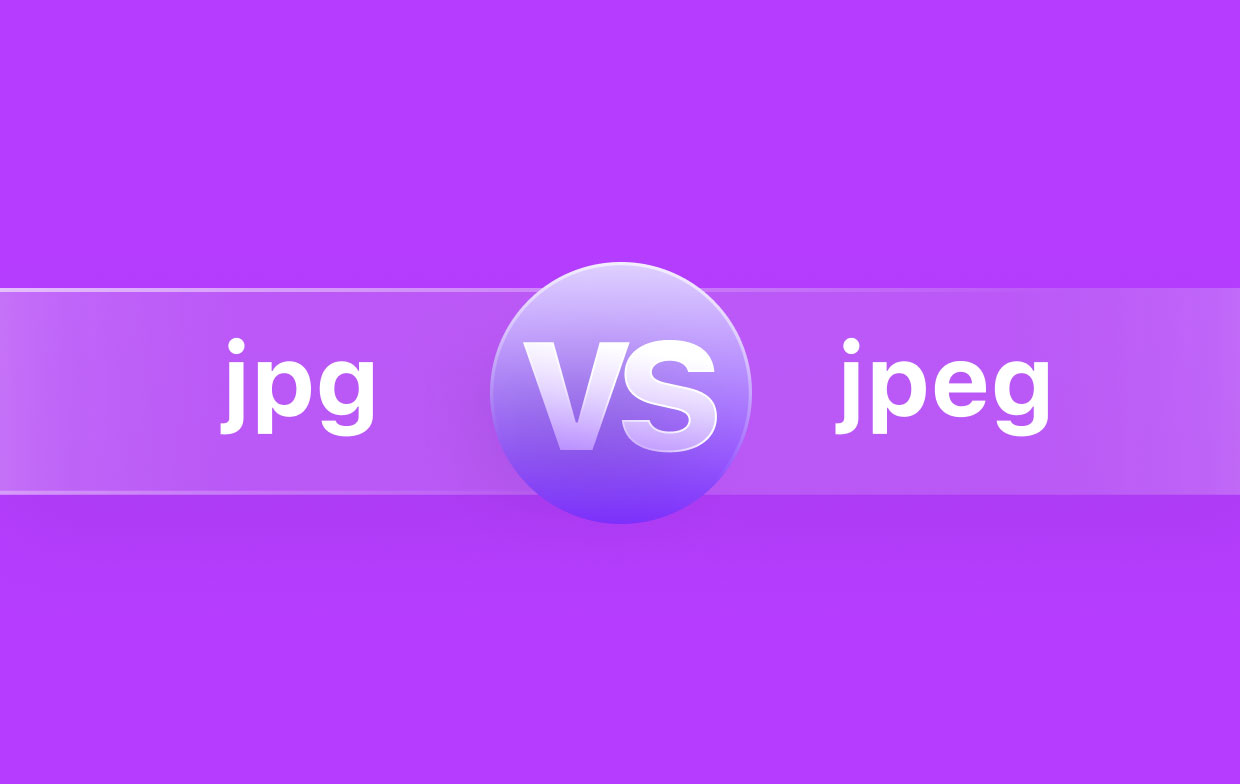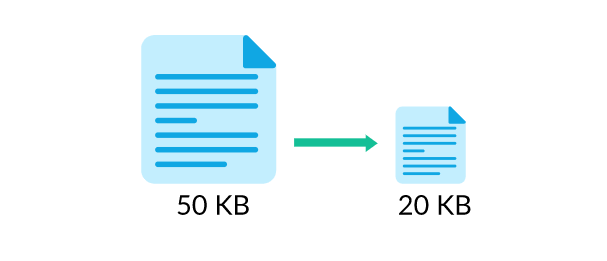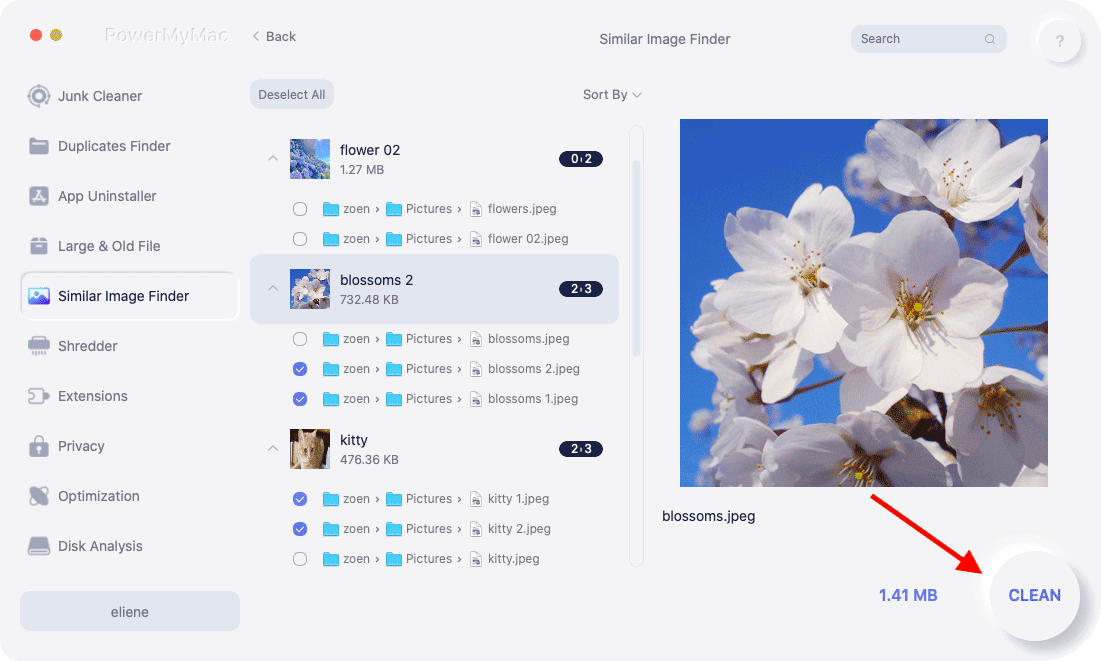For sure, you have dealt with photographs and online images and have probably encountered both JPEG and JPG extensions. These two formats can be confusing to some people because they do not know which they should use. They look the same when you look at their names. In fact, their similarity is so close that they have been used interchangeably during the past.
In this article, we are going to discuss JPG vs JPEG. We will define each of these formats before we give you the similarities between the two to help you decide which format you should use for your needs whether for a website or for online projects. So if you want to know more, keep on reading!
Contents: Part 1. JPG vs JPEG: Which is Better?Part 2. JPG vs JPEG: Similarities Between the Two File FormatsPart 3. Bonus Tip: How to Find and Delete Similar Images on Your MacPart 4. So Is JPG Same as JPEG?
Part 1. JPG vs JPEG: Which is Better?
What is a JPG Image?
Actually, there is no difference between JPEG and JPG aside from the difference in the character number used in their names. JPG existed because earlier Windows versions required 3-letter filename extensions. Thus, the .jpeg extension was shortened and became .jpg. While DOS and Windows had this filename limitation, UNIX systems did not so MAC and UNIX users continued using the .jpeg filename extension.
But as technology evolved, Windows did too and now accepts more characters for the file extensions. However, the .jpg extension has already been used by many people as well as programs. Thus, making .jpg still the most popular extension. Programs for photo editing such as Gimp and Adobe Photoshop save their JPEG files with a .jpg extension by default on both Mac and Windows systems. But, you can choose either a .jpg or a .jpeg extension and your file will still work.
What is a JPEG Image?
JPEG is short for Joint Photographic Experts Group which is a compression format for bitmap that is mostly used for lossy compressions. The compression ratio ranges from 10:1-20:1 which you can adjust to determine your balance between quality and storage size. This extension is mostly used by devices for photo sharing and digital cameras.
While the .jpeg format has great colors and is an excellent format for photographs, you need to know that there will be a slight quality loss because of the compression. Plus, re-saving and editing will degrade your image’s quality though the effect is negligible. One method you can use to minimize this quality loss is by working with RAW JPEGs. Decide the things you will be editing and edit once only before saving the final edited version. Do not re-save multiple times.

Part 2. JPG vs JPEG: Similarities Between the Two File Formats
Now that we have defined what .jpg and .jpeg files are and you have known that they are really not that different, let us take a look at their similarities in this section.
#1 They Both Lose Quality When You Save Them
Since .jpg and .jpeg are actually the same, they also use the same compression method, lossy compression, which makes sense. Lossy compression produces images with reduced quality while decreasing their file size too.
Moreover, this only means that regardless of the filename extension you will use (whether .jpg or .jpeg), the size of your image will become smaller compared to the original size. This allows your images to load and upload faster onto your websites for easy viewing of your visitors.

#2 They Are Both Raster Images
You can create computer images as vector or raster images. Since JPGs are raster files, so are JPEGs. Raster images are image bitmaps. Bitmaps are grids of separate pixels that create one image when combined. In simple words, a raster image is composed of many tiny pixels with different colors that are coded according to their shade or hue.
#3 They Are Both Used for Similar Image Types
Since JPG and JPEG are both raster images, they are used in digital photography because digital photographs use extensive seamless color gradations that come out best when saved as JPG or JPEG images. Meaning, the visitors of your site will always be presented with beautiful photographs if you upload them as JPG or JPEG on your website.
After talking about JPG vs JPEG, let us learn tips to locate and delete your similar images from your Mac so that to free up space.
Part 3. Bonus Tip: How to Find and Delete Similar Images on Your Mac
When you experience some problems on your Mac that are caused by a full drive, one thing you can do to save on space is to delete similar images. Thus, we recommend using PowerMyMac to achieve this task. This is a tool that helps users speed up their Mac computers by uninstalling unnecessary apps and deleting junk files on their drive at a lightning-fast speed.
Plus, this app can also help you remove unneeded iTunes Backup, email attachments. It can also scan large files that you do not need any more so that you can delete them and save on disk space.

How Can You Find & Delete Similar Images Using PowerMyMac?
PowerMyMac is not only a tool that can delete useless files on your Mac. It can also help you locate similar images so you can choose the ones you want to delete and those that you want to retain.
You just need to go to iMyMac PowerMyMac’s website and look for the download links for the app. It offers both a free version and a full version. After downloading the installer, just follow this guide on how to use the app to delete unnecessary files on your Mac including similar images.
Part 4. So Is JPG Same as JPEG?
In summary, JPG and JPEG images are just the same and serve some main purposes: reducing your images’ file sizes to improve web viewing as well as give users a simple way of compressing their images when saving them and naming the files in a popular extension that can be recognized by a lot of devices.
So make a conclusion of JPG vs JPEG, they are just the same so neither is better. Whichever format you choose between these two, your files will still work and your choice will depend on your preference. Hopefully, this article was able to clear your confusion about JPG and JPEG file formats.




sławek2023-01-14 12:48:27
no tak wszystko ok,ale muszę wysłać dokumenty w jpg a skan wykonuje w jpeg .czy nie zostaną odrzucone z powodu jednej literki?
Juanita2020-11-07 02:30:48
Good explanation. I gave you an "excellent" evaluation
iMyMac2020-11-07 09:31:52
Thanks for your support!